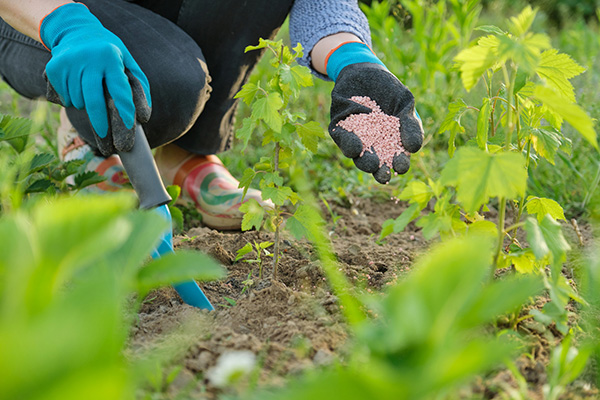3 Forms Of Fertilizers To Use For Your Houseplants!
Properly fertilizing your houseplants are essential to growing healthy, beautiful plants. Houseplants don’t receive the same nutrients as their outdoor counterparts, which are surrounded by natural nutrients. The amount of nutrients available to a houseplant is all up to you!
What Is Fertilizer?
Before we buy and use fertilizer, we have to understand what it is and what it does for our houseplants. So what is it? Fertilizer is an all-natural or synthetic, chemical-based substance that’s used for the benefit of enhancing plant growth and fertility.
There are two types of fertilizers, organic and inorganic.
- Organic fertilizers sources mainly from animals and other plants. Products contain a large range of several mineral components and organic acids!
- Inorganic fertilizers are filled with chemical-based substances, such as nitrogen, potassium, and phosphorus which are the main components.

Why Should We Fertilize Houseplants?
Fertilizing your houseplants provides them with the nutrients they need to thrive and grow to their truest potential. Houseplants lack the natural nutrients outdoor plants will receive, so it’s our job to provide them with a substitute. Your plants will surely thank you in their own little ways, such as pushing out new growth for you to enjoy, or blooming their beautiful flowers!
1. Liquid Fertilizer
Liquid fertilizers are mixed into water that you pour into your houseplant’s soil. Water-soluble fertilizers are more often quick releasing. Always read the instructions on the back of the bottles, there you’ll find exactly how much fertilizer to add to the water.
This type of fertilizer is pretty easy to use, liquid fertilizer can also be diluted in case the feed is too strong. Diluting liquid fertilizer can make for a lighter-concentrated feed. This is very important if your plants are in a much smaller pot!
2. Slow-Release Fertilizer
Slow-releasing fertilizers are great for people who worry about over-fertilizing their plants. Adding these small pellets in your plant’s soil will slowly release a small amount of nutrients over time. This allows the plant to take in the nutrients at a steady pace.
Slow-release fertilizers are usually coated with plastic resin, or a sulfur-based polymer that dissolves over time by being exposed to the heat of sunlight and water.
3. Fertilizer Spikes
Before adding fertilizer spikes to your soil, read the instructions carefully! How many spikes you add to your pot will determine how big, or how small the pot is. The ideal number of fertilizer spikes you may need will vary from each size of your houseplants pots to the product you buy!
In Conclusion…
Indoor plants don’t get the same nutrients as outdoor plants, which means we’re responsible for keeping them healthy, and of course, fertilized! Fertilizing your plants can help them grow lush, green, and look stunning all year round.
Make sure you do your own research on your plant’s specific fertilization needs!
That brings us to the end of this post, we hope you found this helpful. Hopefully from reading this you can keep your plants beautiful and healthy! Best of luck to you.